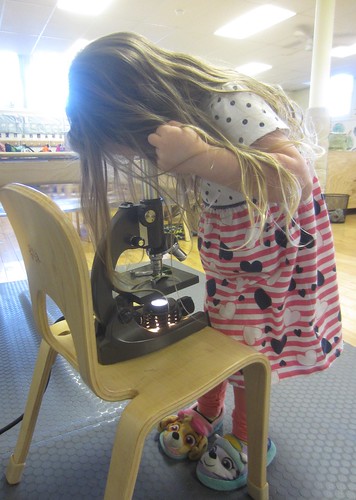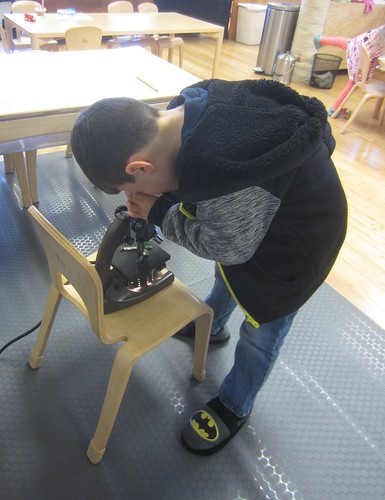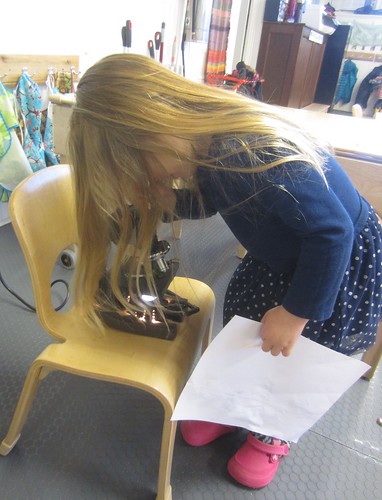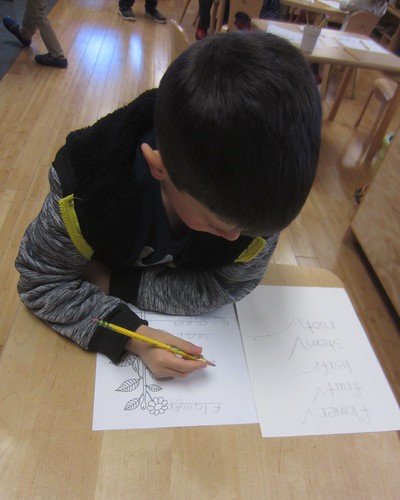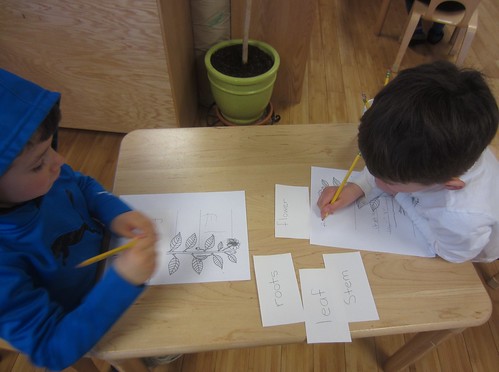 Mud season has arrived at Sunnybrook! One of the favorite times of year, the melting snow and defrosting ground make for some fun, messy, mucky play. There was lots of digging in mud, making mud soup, mud pie, and mud cake, wading in mud while attempting to keep boots on and stay upright, and filling buckets and sleds with mud. We also had fun with muddy water; scooping and pouring and transporting it. We worked on chopping up the ice and hauling it away so the green grass can grow. We are ready for spring to bring back the green leaves, grass, and warm temperatures!
Mud season has arrived at Sunnybrook! One of the favorite times of year, the melting snow and defrosting ground make for some fun, messy, mucky play. There was lots of digging in mud, making mud soup, mud pie, and mud cake, wading in mud while attempting to keep boots on and stay upright, and filling buckets and sleds with mud. We also had fun with muddy water; scooping and pouring and transporting it. We worked on chopping up the ice and hauling it away so the green grass can grow. We are ready for spring to bring back the green leaves, grass, and warm temperatures!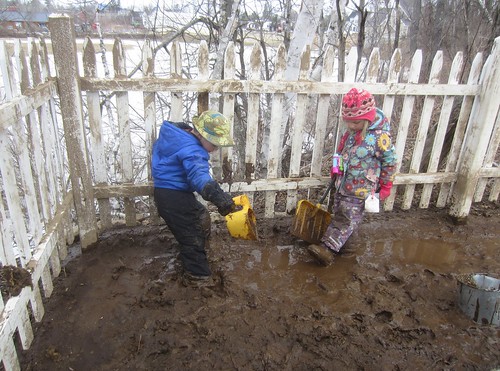

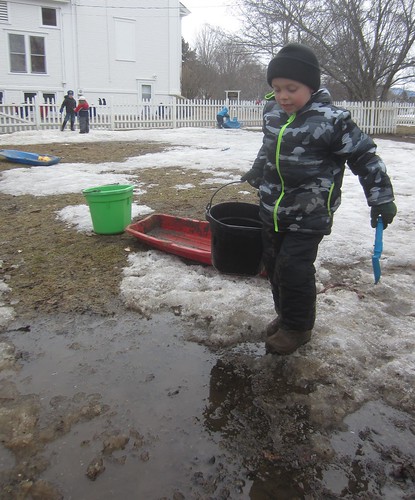
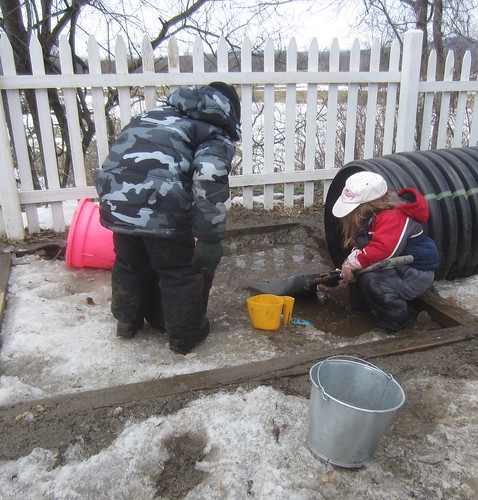
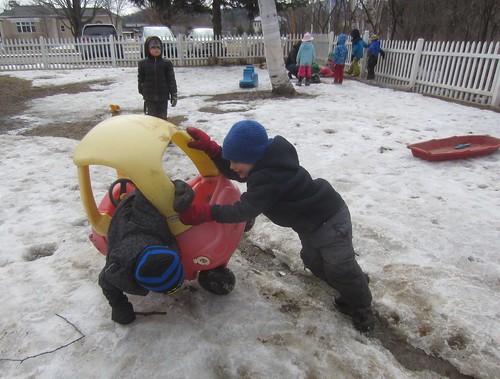
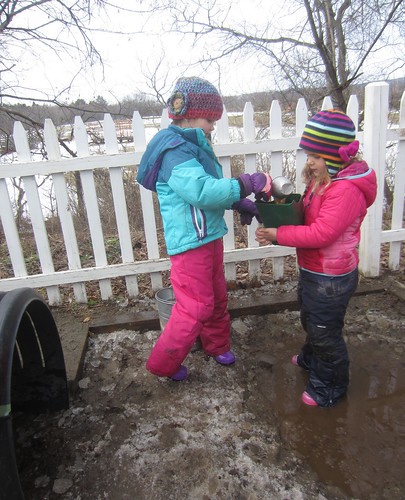


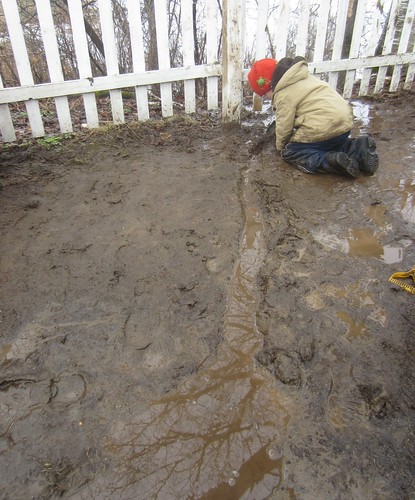

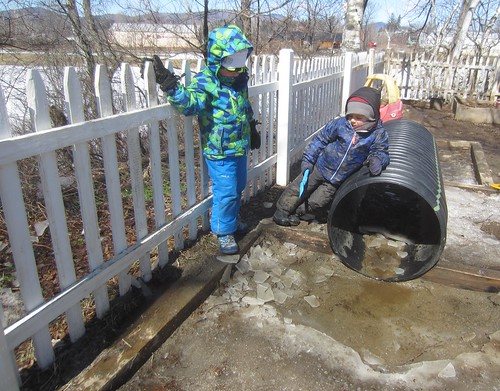
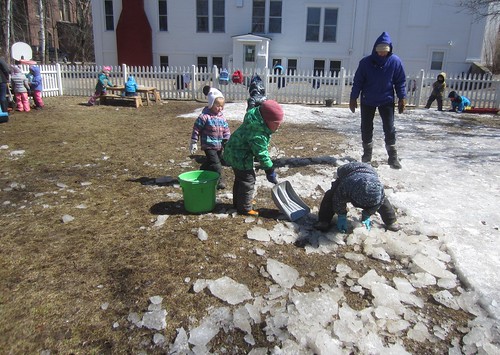

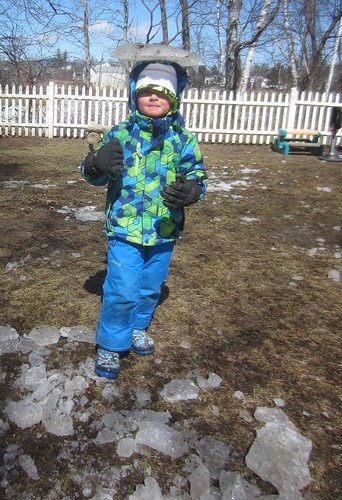
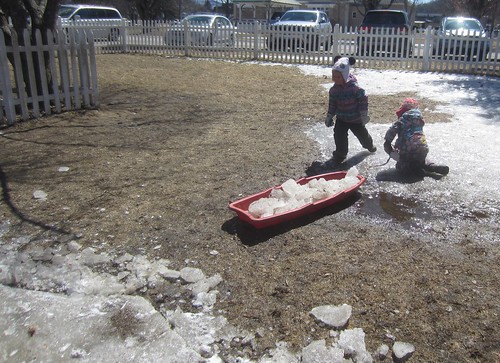
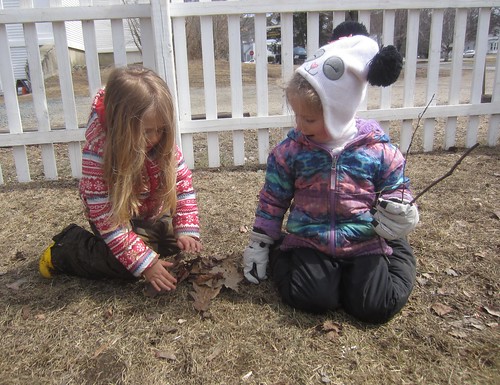 Monday students used squeegees to push, pull, and mix paint around large papers, creating some colorful works of art.
Monday students used squeegees to push, pull, and mix paint around large papers, creating some colorful works of art.
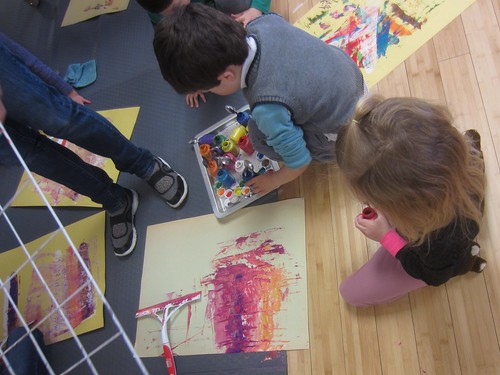
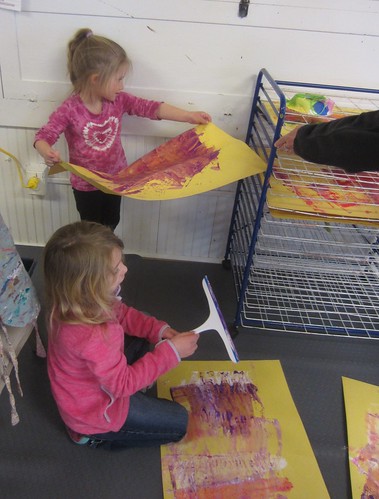
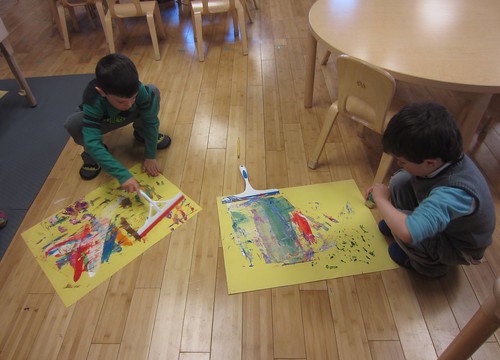
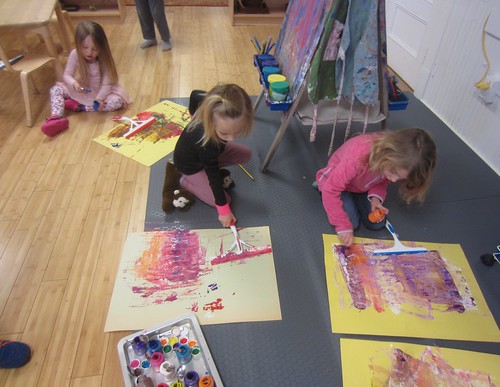 After finishing up their art projects and having snack, the Monday children took their monthly trip to the library with Tammy and Susan, where they engaged in their favorite library activities.
After finishing up their art projects and having snack, the Monday children took their monthly trip to the library with Tammy and Susan, where they engaged in their favorite library activities.
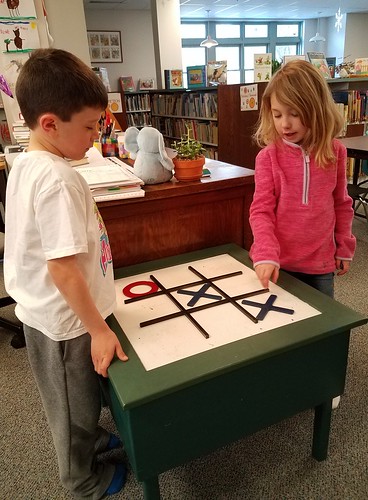


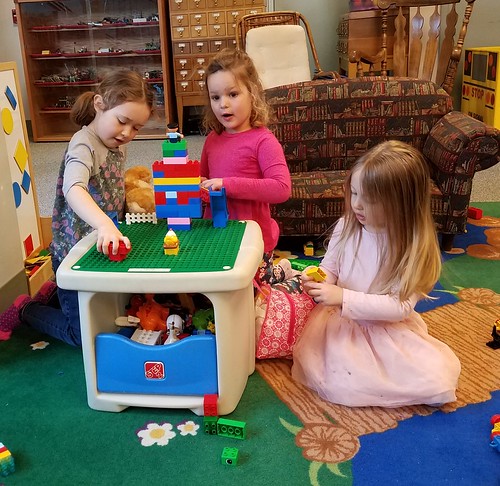
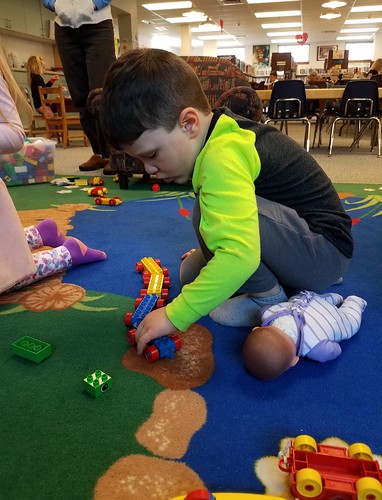
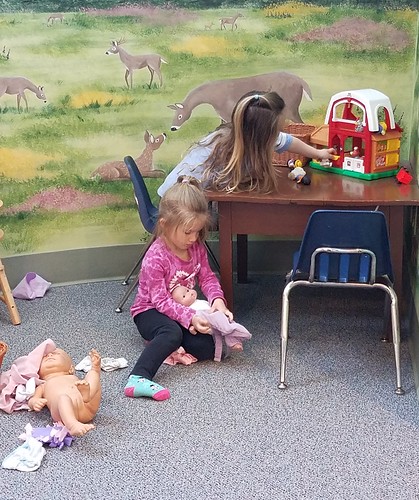 The art table became a flower making station, as the children created flower centerpieces for the Sunnybrook Fundraiser Breakfast next Saturday. They used egg carton sections as flower centers, cut and pasted petals to them, painted and printed their hands into tulips, and created their own original flowers.
The art table became a flower making station, as the children created flower centerpieces for the Sunnybrook Fundraiser Breakfast next Saturday. They used egg carton sections as flower centers, cut and pasted petals to them, painted and printed their hands into tulips, and created their own original flowers.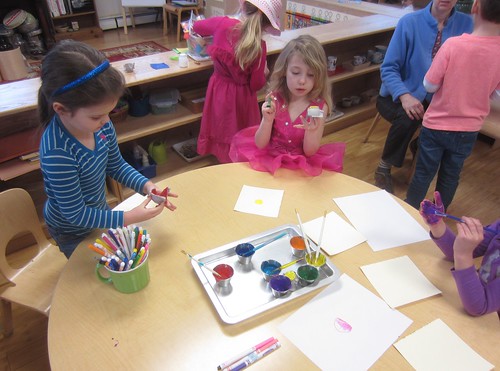
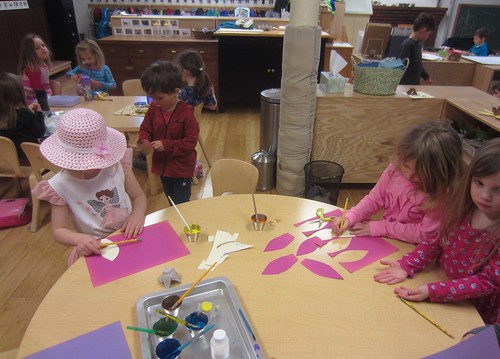
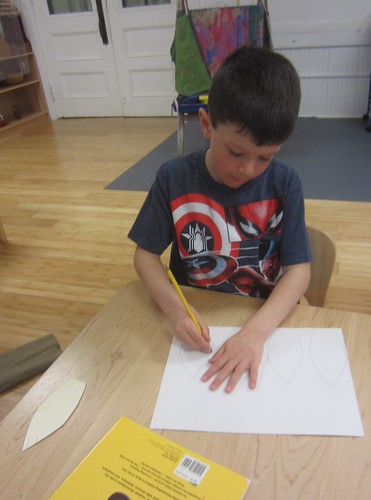
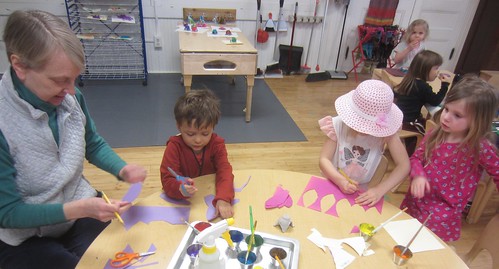
 We read the story Living Sunlight by Molly Bang, and learned about plants and trees, and the oxygen-carbon dioxide exchange between plants and animals. We also re-explored plants as the primary producers of food, and how they provide energy from the sun to all living creatures. We had some very engaging discussions about trees and their role in our lives. When sharing what we use trees for, in addition to oxygen and food needed to live, the students also named, sap, houses, wheels, blocks, floors, walls, drums, paper, and chairs among many other things. We read the book From Trees to Paper, then presented the students with a problem that we have encountered. We showed several pieces of drawing paper that had been discarded in the paper trash with very small marks on them. We also discussed the large number of paper towels being pulled out and just thrown away. We asked for some solutions. Students recommended that we plant more trees, and that we make signs reminding everyone to not waste paper.
We read the story Living Sunlight by Molly Bang, and learned about plants and trees, and the oxygen-carbon dioxide exchange between plants and animals. We also re-explored plants as the primary producers of food, and how they provide energy from the sun to all living creatures. We had some very engaging discussions about trees and their role in our lives. When sharing what we use trees for, in addition to oxygen and food needed to live, the students also named, sap, houses, wheels, blocks, floors, walls, drums, paper, and chairs among many other things. We read the book From Trees to Paper, then presented the students with a problem that we have encountered. We showed several pieces of drawing paper that had been discarded in the paper trash with very small marks on them. We also discussed the large number of paper towels being pulled out and just thrown away. We asked for some solutions. Students recommended that we plant more trees, and that we make signs reminding everyone to not waste paper.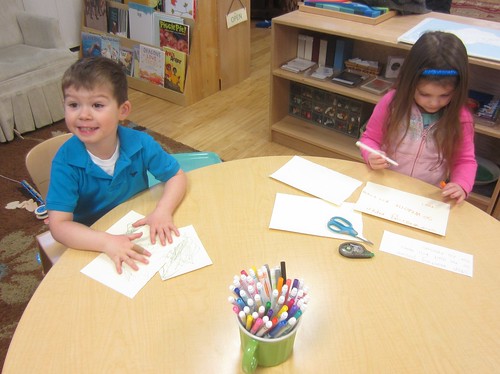 We had a wonderful visit from Phoebe, a Sunnybrook mom, who came to play the guitar and sing some songs with us. First she showed us her beautiful wood guitar, which she brought around so we could smell the cedar lining the inside. She then taught us a super fun pirate song. We got to do the motions and say some lines, including being the pirates digging for treasure, and the boat rocking. We had so much fun! To wrap up she sang the song “A Fox Went Out on a Chilly Night,” which nicely demonstrated another part of a food chain, when the fox comes to the farm to catch a duck and goose to feed his family. Thank you so much, Phoebe!
We had a wonderful visit from Phoebe, a Sunnybrook mom, who came to play the guitar and sing some songs with us. First she showed us her beautiful wood guitar, which she brought around so we could smell the cedar lining the inside. She then taught us a super fun pirate song. We got to do the motions and say some lines, including being the pirates digging for treasure, and the boat rocking. We had so much fun! To wrap up she sang the song “A Fox Went Out on a Chilly Night,” which nicely demonstrated another part of a food chain, when the fox comes to the farm to catch a duck and goose to feed his family. Thank you so much, Phoebe!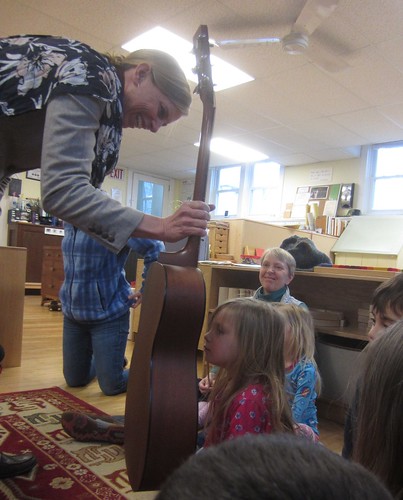
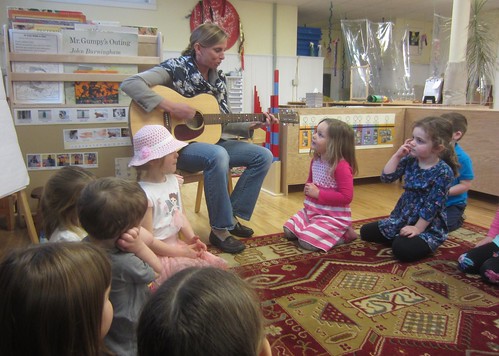 We celebrated a 5th birthday on Wednesday with white chocolate drizzled pretzel sticks. The birthday boy carefully distributed his birthday snack, then carried the globe around the candle while we counted his five years, naming the seasons as he quickly walked around the table. We then sang “Happy Birthday” before he efficiently blew out the candle. Happy birthday, new five year old!
We celebrated a 5th birthday on Wednesday with white chocolate drizzled pretzel sticks. The birthday boy carefully distributed his birthday snack, then carried the globe around the candle while we counted his five years, naming the seasons as he quickly walked around the table. We then sang “Happy Birthday” before he efficiently blew out the candle. Happy birthday, new five year old!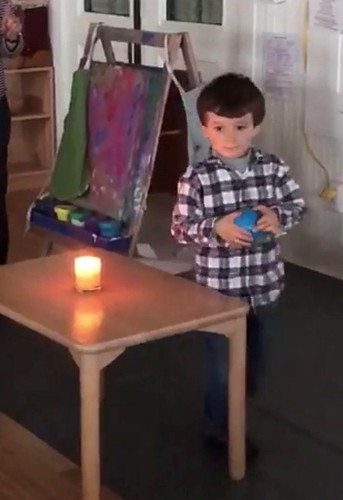
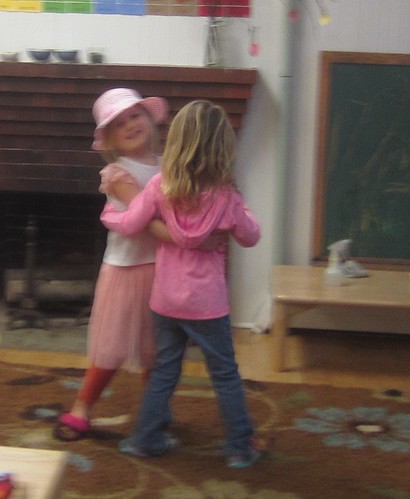
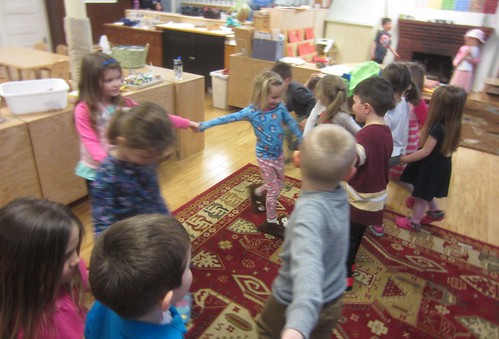 We did some work around emotions and learned that Sunnybrook students have a firm understanding of emotions. We discussed what our faces and bodies look like when we experience different emotions, and everyone got a picture of a child expressing an emotion and sorted it between a happy/feeling good emotion, or a mad, frustrated, or sad/not feeling good emotion.
We did some work around emotions and learned that Sunnybrook students have a firm understanding of emotions. We discussed what our faces and bodies look like when we experience different emotions, and everyone got a picture of a child expressing an emotion and sorted it between a happy/feeling good emotion, or a mad, frustrated, or sad/not feeling good emotion.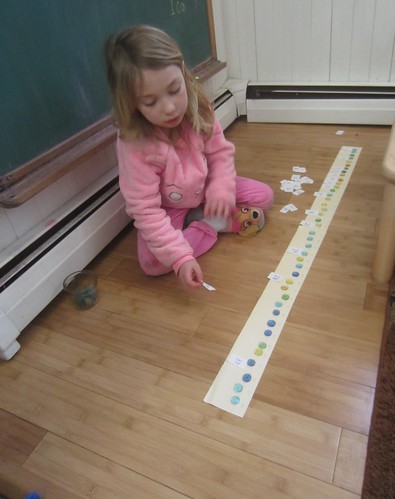
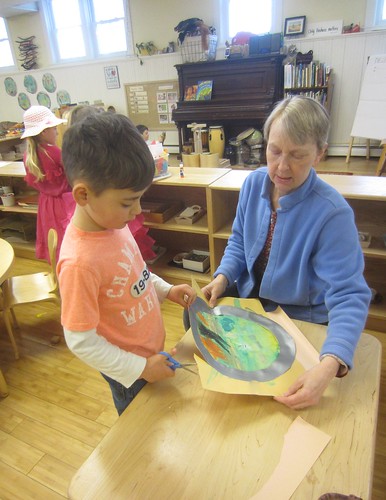



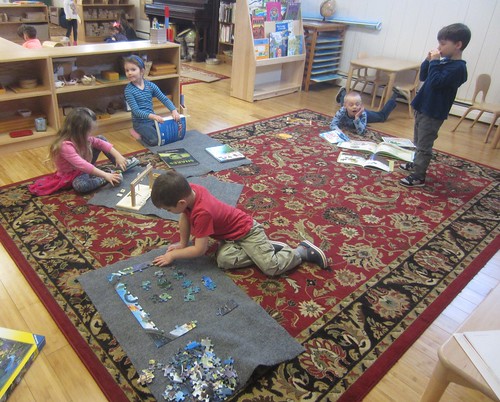


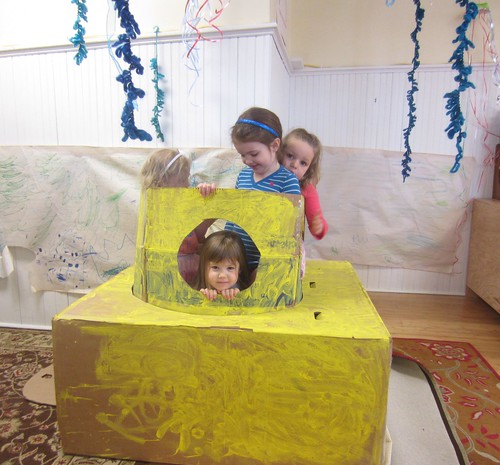
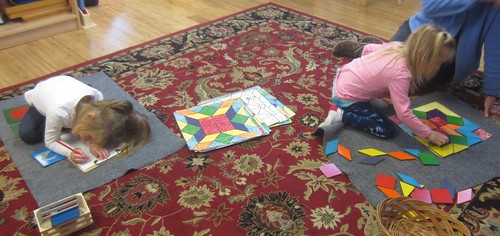

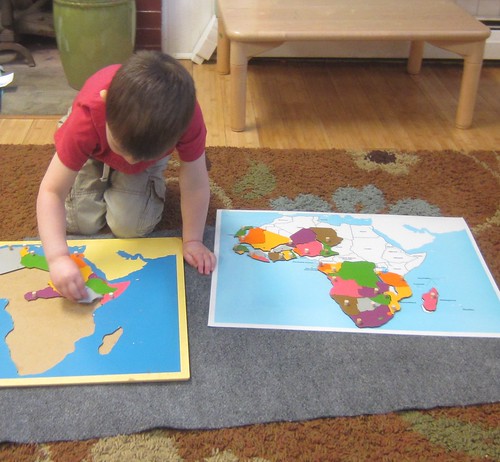


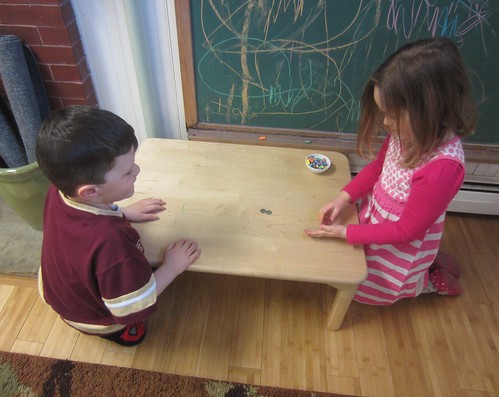
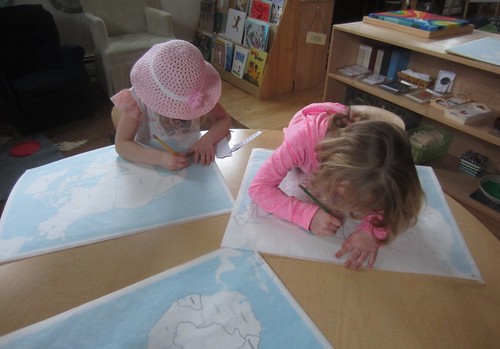
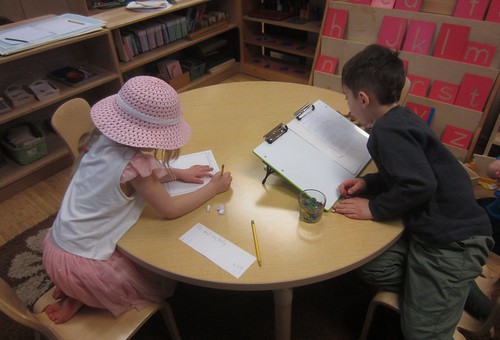
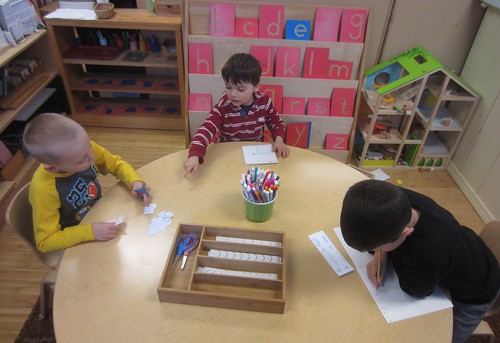
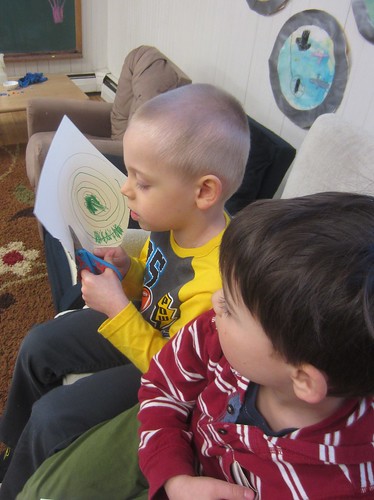

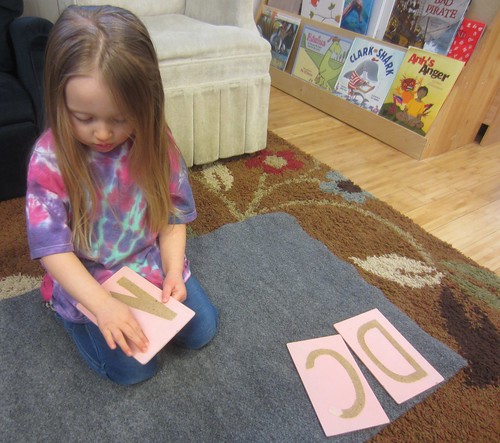
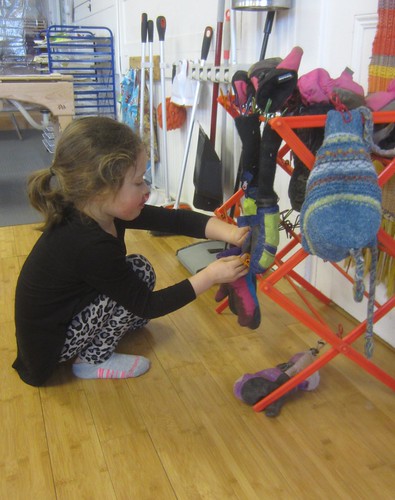
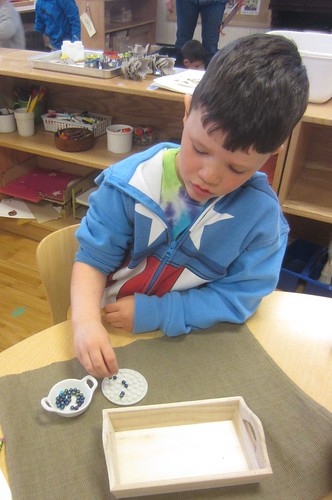
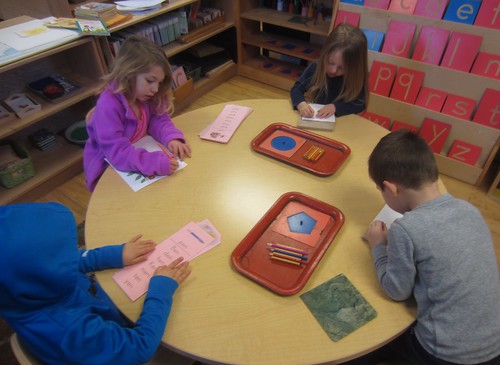 We also continued practicing perspective taking, and discussed what perspective taking is – looking at a situation through another persons thoughts and feelings. We presented two scenarios and what someone might be thinking, or if they are even aware of their actions and how they may have impacted the other person. We discussed some common experiences we encounter at school, such as touching someone else’s food, and touching another person in a way they do not like. We will continue this important work, both in everyday exchanges, role plays, stories, and discussions.
We also continued practicing perspective taking, and discussed what perspective taking is – looking at a situation through another persons thoughts and feelings. We presented two scenarios and what someone might be thinking, or if they are even aware of their actions and how they may have impacted the other person. We discussed some common experiences we encounter at school, such as touching someone else’s food, and touching another person in a way they do not like. We will continue this important work, both in everyday exchanges, role plays, stories, and discussions.
Reptiles were introduced, the 6th animal class that we will study. We read About Reptiles and learned that reptiles have dry, scaly skin, babies hatch from eggs, once born, they are on their own, they are cold blooded and warm themselves in the sun, and most of them are carnivorous. There has been a lot of play with present day reptiles and dinosaurs, those reptiles from long ago.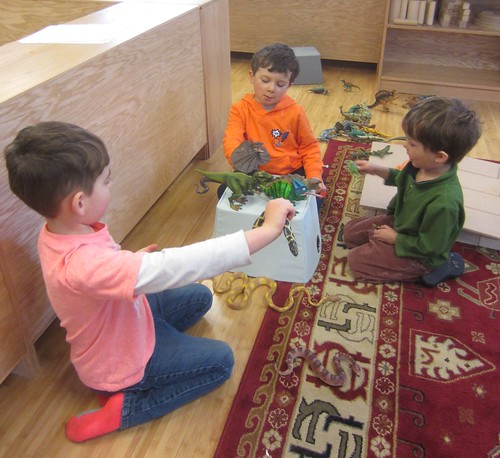
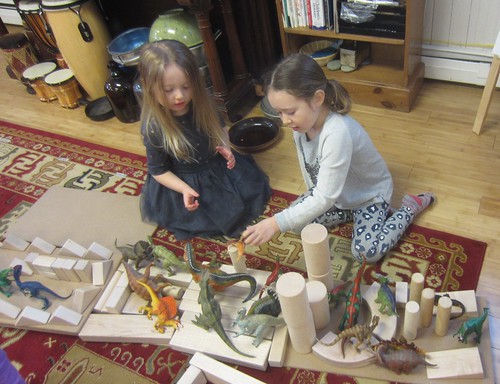
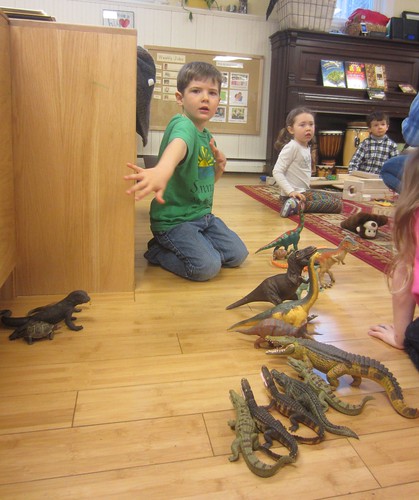
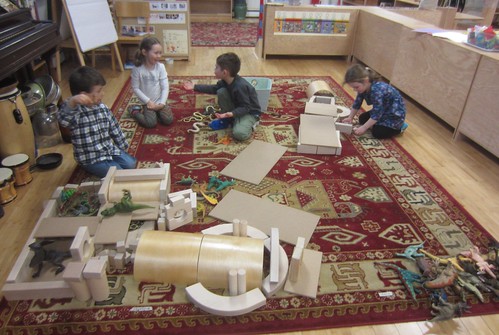
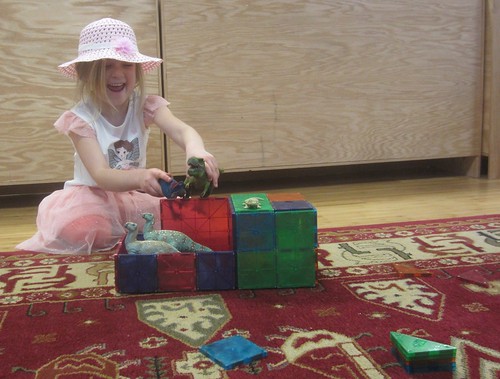
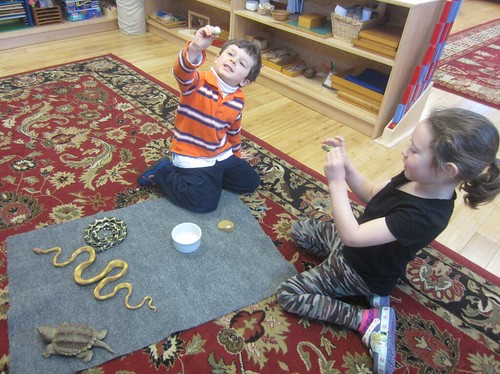
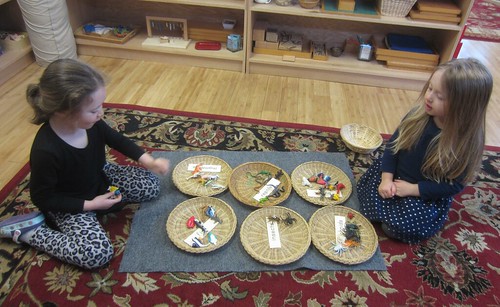
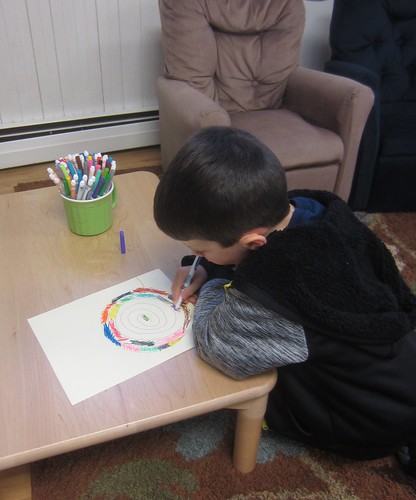 For science, Friday students learned about the life cycle of plants and the parts of a plant. We read From Seed to Plant, then explored one of our potted plants, carefully removing the roots from the soil and examining the stem, roots, and leaves. We took turns looking at the cells of a leaf through a microscope. It was tricky to do, but most students felt they could see the small green cells. They copied the words leaf, flower, fruit, stem, and root to label a picture of the parts of a plant.
For science, Friday students learned about the life cycle of plants and the parts of a plant. We read From Seed to Plant, then explored one of our potted plants, carefully removing the roots from the soil and examining the stem, roots, and leaves. We took turns looking at the cells of a leaf through a microscope. It was tricky to do, but most students felt they could see the small green cells. They copied the words leaf, flower, fruit, stem, and root to label a picture of the parts of a plant.